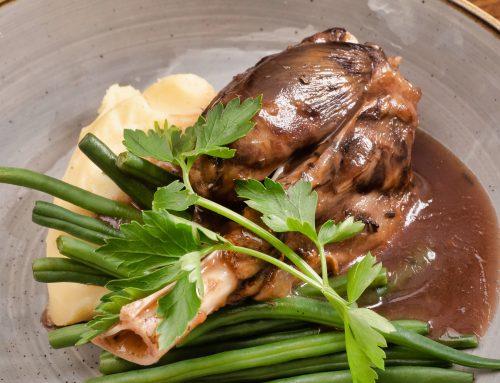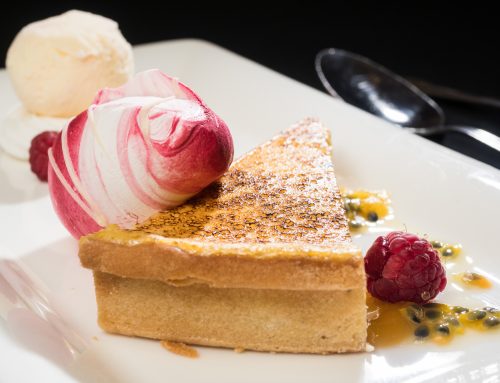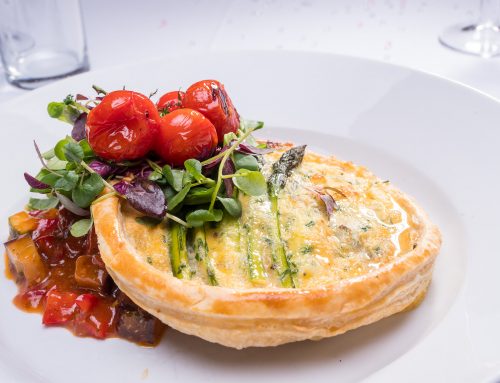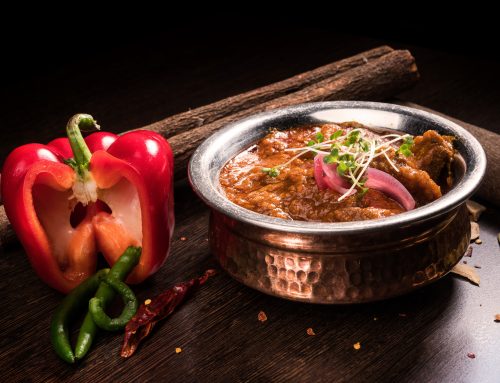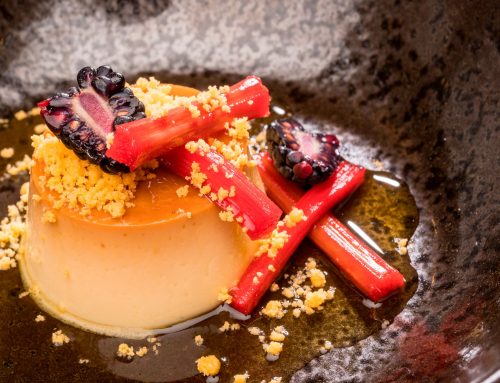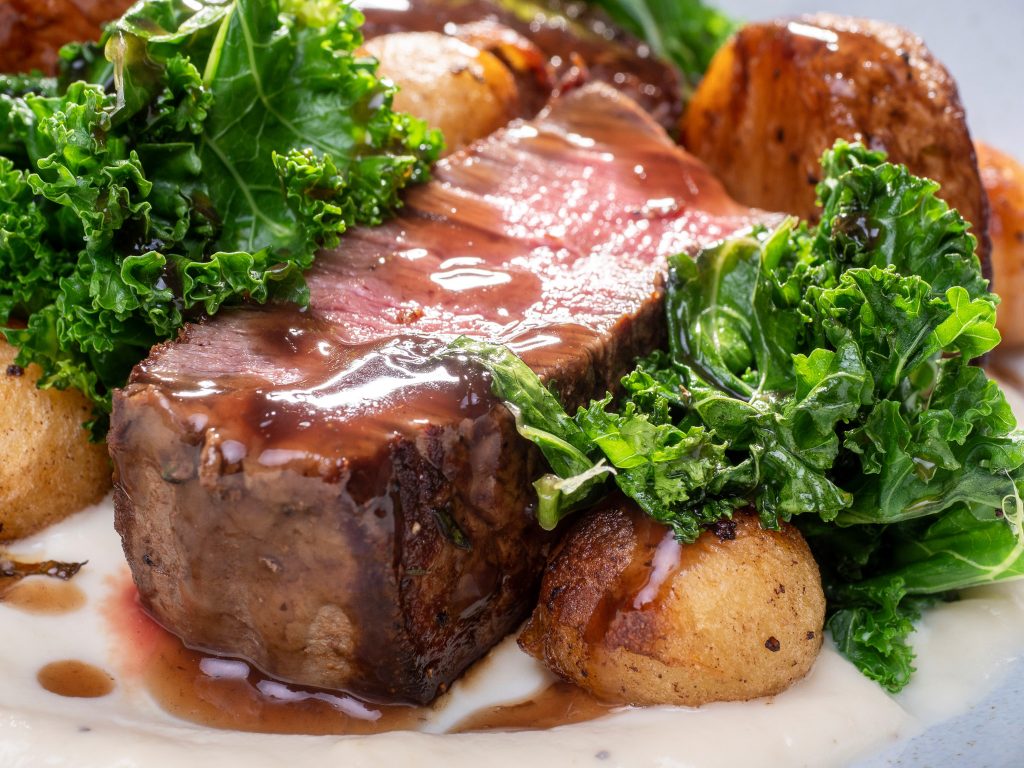
Why Use The OM SYSTEM Cameras For Food Photography? But before we get into that, there’s probably a few things I need to make clear. Yes, I’m an OM SYSTEM Ambassador. No, I don’t use the OM camera system because I’m an Ambassador.
I was asked to become an Ambassador because I use the cameras. (Actually, I was asked way back in 2017 when it was “Olympus”). I had originally purchased my first OM-D E-M1 at the start of 2014, intending to use it solely for food, but I quickly found it was my first choice for pretty much everything I do. But that’s another Word document entirely….
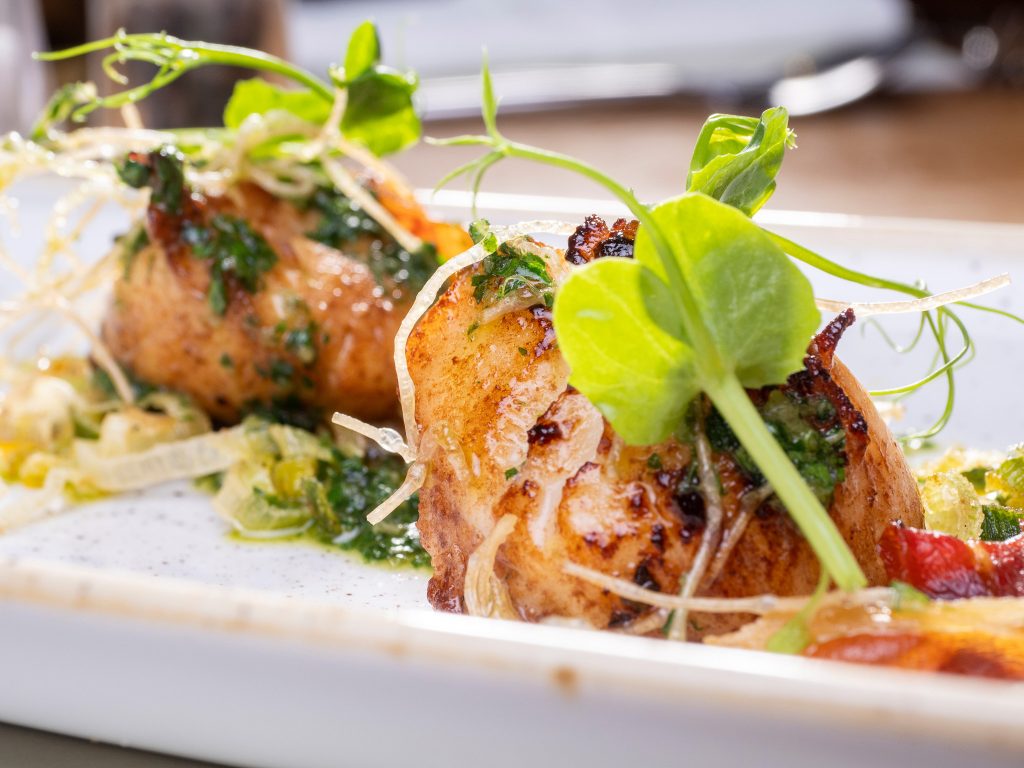
Where was I?
Food. Why Use The OM SYSTEM Cameras For Food Photography, and why is it particularly suited to food photography?
I don’t want this article to be viewed as a gushing fan boy post. I took a lot of time testing and evaluating that E-M1, when I first bought it. I have clients that require a very specific look and quality to their images, and change isn’t always viewed in the best light (Oooh look, I made a pun!). My food clients are high end restaurants, along with well known hotel groups such as Marriott, Hydes Brewery, Crest, Macdonald, Best Western, Lavender etc..
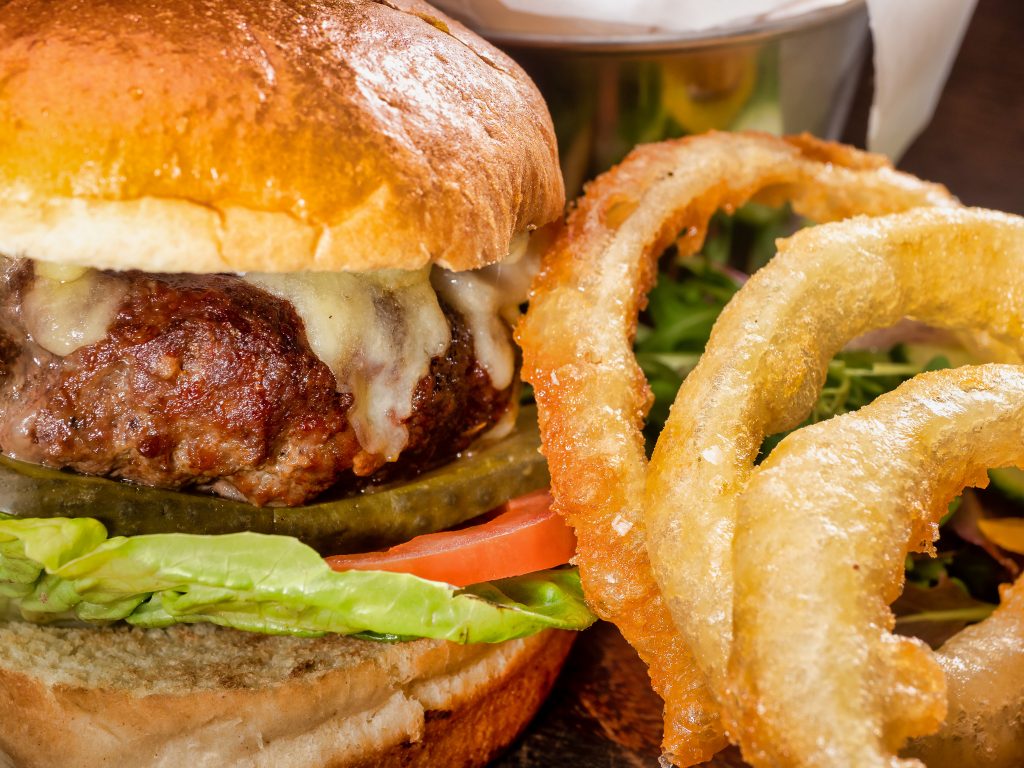
Having started with food photography using film cameras, such as the Contax 139 and Nikon F3, before moving on to their digital counterpart such as the Nikon D3 etc., I had a consistent and specific look to my images that was expected by my clients.
Regarding changing to a mirrorless system, I certainly had concerns, and they weren’t particularly minor concerns, either. I was used to a much heavier camera system, particularly at the point I was starting to experiment with the E-M1. I was using a Nikon D4 and the 24-70mm f2.8 lens for most of my work, which was certainly not a compact or lightweight system. I had no issues or complaints regarding the Nikon. It did what was asked of it, and it did it well. So why was I considering the Olympus?
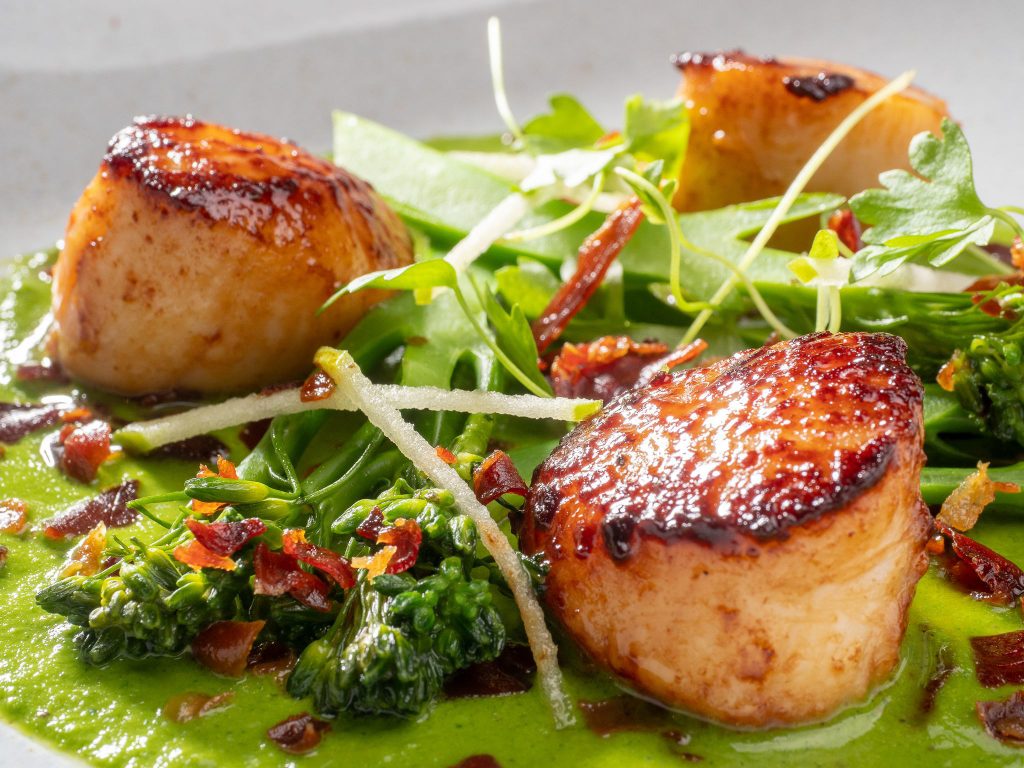
I wanted a smaller and lighter kit, particularly as my work involved a lot of travelling, and lugging the kit about. This brings me to the first advantage of the OM camera system.
The D4 body weighed 1,340g with battery, whereas the E-M1 weighed 497g with battery. I could take two E-M1 cameras to a shoot for less weight. The lenses are a similar comparison, with the Nikkor 24-70mm weighing in at 900g, whereas the M.Zuiko weighs less than half at 382g. This was a major plus when flying to the states to photograph The World Food Championships in Orange Beach, Alabama.
Okay, weight isn’t necessarily an overriding factor when photographing food, but I’ll revisit this point later. The size can be a factor when wanting to get close to a dish. I often found the grip of the D4 would foul on the table top, although to be fair, the Nikkor 24-70mm didn’t have particularly close focus ability at 38cm. The M.Zuiko 12-40mm could get down to 20cm, which is 18cm closer, or 7 inches in old money. That may not sound like a great deal, but when photographing food, it makes a vast difference. Oddly enough, I only realised just how close I was getting to the dishes, when I managed to dip the lens hood into a sauce. With the Nikon, I tended to crop the image, as and when needed. I haven’t needed to crop an image since changing over.
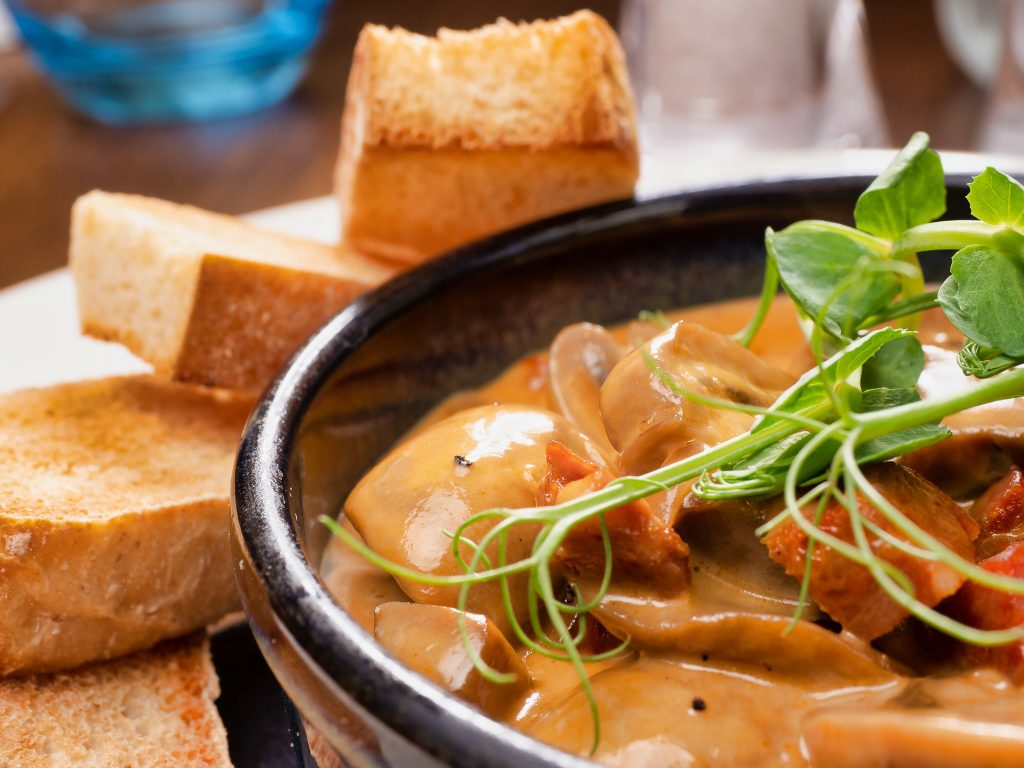
When I deliver a food photography workshop, and I mention the close focus ability, I invariably get asked about tripods and supports for the closer images. This always surprised me, as I’ve never resorted to a tripod for food photography, but each to their own. It’s certainly not something I would consider when using an OM camera. The image stabilisation needs to be experienced to fully appreciate how liberating it is. We’ll stick with food photography though, and for that, it means I can lower the shutter speed to gain more influence from the ambient light within an image.
I use flash for my food work, which means hand holding a camera isn’t an issue, as it’s the light duration of the flash that freezes the image, rather than the shutter speed. You would normally start running into trouble when you reduce the shutter speed to incorporate the light or ambience of the venue into the image, such as festive lights and décor in the background. You tend to have to drop the shutter speed by a huge amount, or counteract it with a decent hike in ISO. Upping the ISO can have an effect on the image quality, and that’s generally not acceptable with most clients.
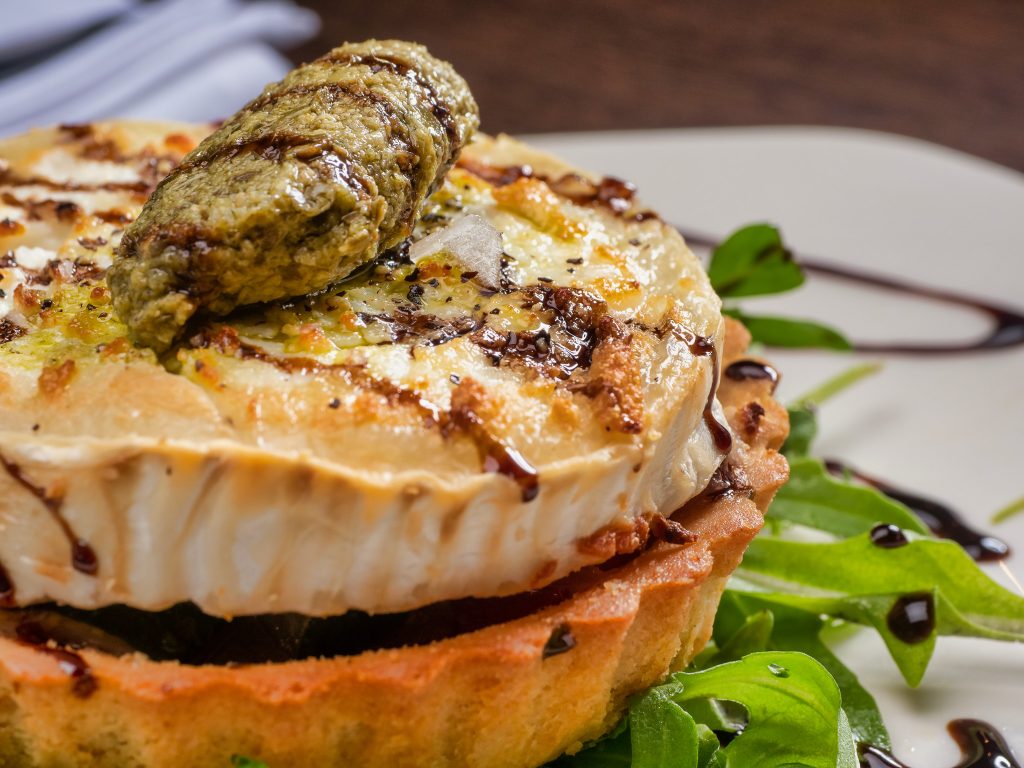
The image stabilisation of the OM system means I can lower the shutter speed to quite a ridiculous level, and still create pin sharp images with a nice contribution from the ambient light. Something else regarding the image stabilisation system, is the fact it enables me to take handheld HDR images very easily. The E-M1 mkII can shoot 60 frames per second using the electronic shutter. If I couple that with the image stabilisation, I can snatch HDR images on the fly, when asked by the venue manager “Whilst you’re here, can you just take a few shots of the rooms?”
We all love the “Can you just…”
Sigh!
Okay, so the HDR isn’t strictly food photography, but it’s definitely related to the same shoots. Well, kinda.
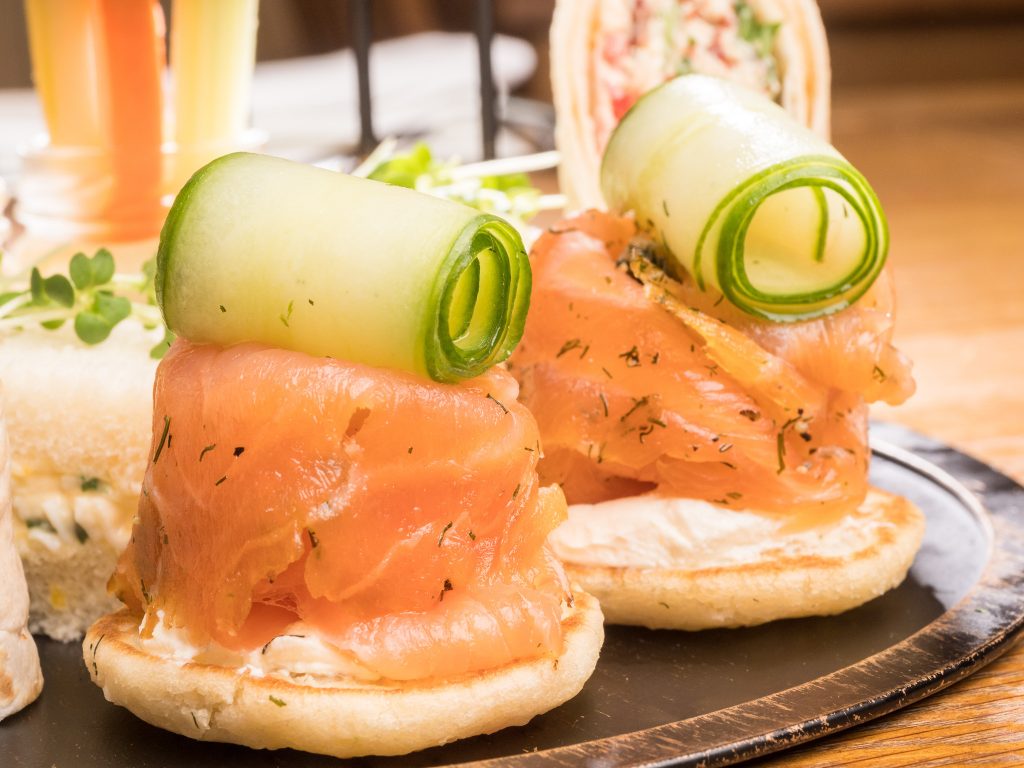
Staying with the thread of close up food photography, one of the drawbacks I had with the Nikon, and other full frame cameras, was the reduced depth of field when working as close as possible. This tended to result in having to wind the aperture down as far as possible, often to f16 or f22, in an effort to increase the depth of field as much as possible. Whilst I would normally shoot at around f8, increasing to f16 would mean I would have to increase the light output by two stops to compensate. This would have a couple of knock on effects, such as increased recycling times and reduced battery life. It would also mean much greater light output, that would potentially light the room further out, bringing unwanted detail into the image.
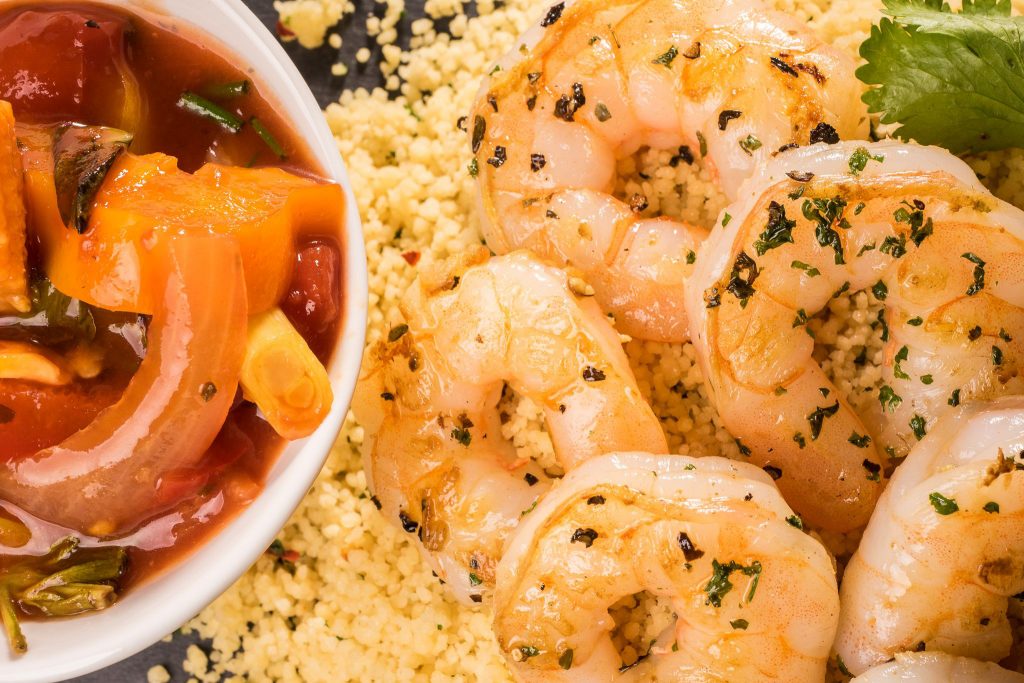
Now, going back to my previous comments regarding weight, and the advantages of a compact system. There has been an increasing request/trend for overhead imagery of food dishes. This isn’t something I’m particularly fond of, as my preference has always been to present images as if seen from the prospective clients viewpoint. Meaning, as if they are sat with the meal in front of them. The explosion of food images from smartphones on social media, and especially instagram, has created a trend, that hoteliers and restaurants wish to follow. We’ve all seen the diners waving their phones over their food. To be fair, if there’s a trend, it can only be so, because it’s popular. And who wouldn’t want to provide images that the client believes are going to be popular with potential customers.
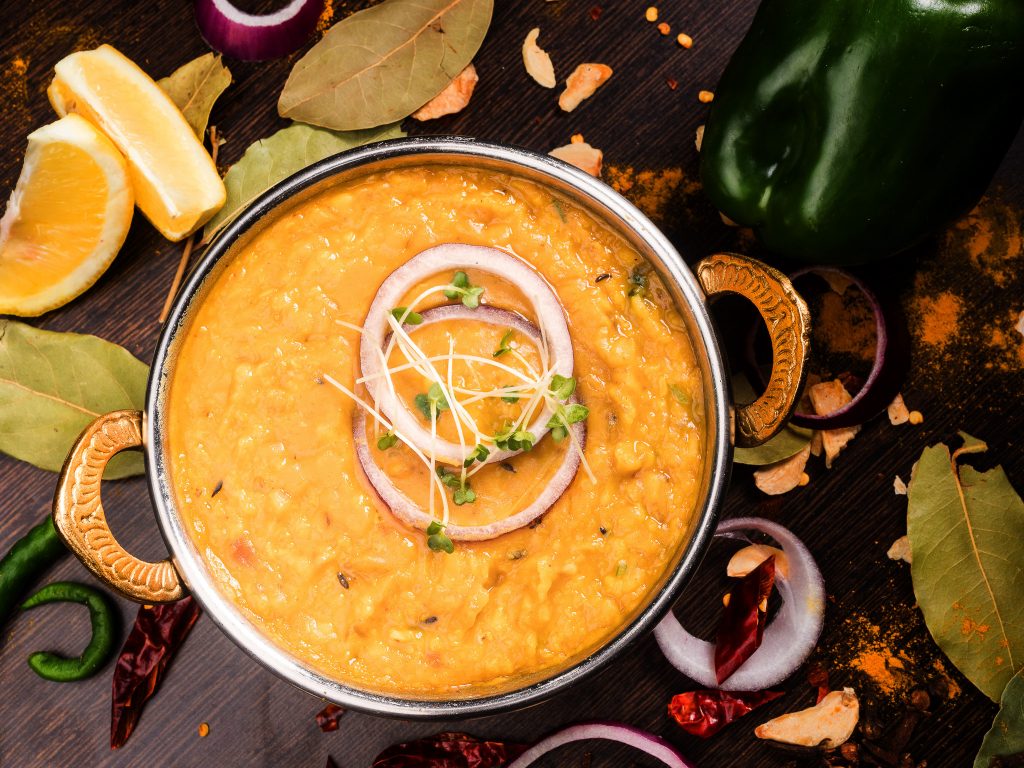
Overhead images are obtained with two techniques. You either hold your camera above the table, and view the screen displaying a live view of the dish, or you use an overhead boom, and preview the shot using a smartphone connected via wifi to the camera. Or a laptop via a USB connection etc. I’ve used all three, and certainly gotten the images I need. However, using a much lighter and compact system, means an overhead boom arm is far easier. Once in place, any camera adjustments are made with ease via the app, and propping the shot is straightforward, as you can see the effect on the composition as you add, move or remove props. Otherwise, if you are handholding the camera, you make the change to the composition and then check with the camera. If it’s okay, then fine, otherwise it’s repeat the steps again. This can be far more tiring than it sounds. Holding a D4 with the 24-70mm above head height is no mean feat. Mind you, I used to have good shoulder definition, sigh.
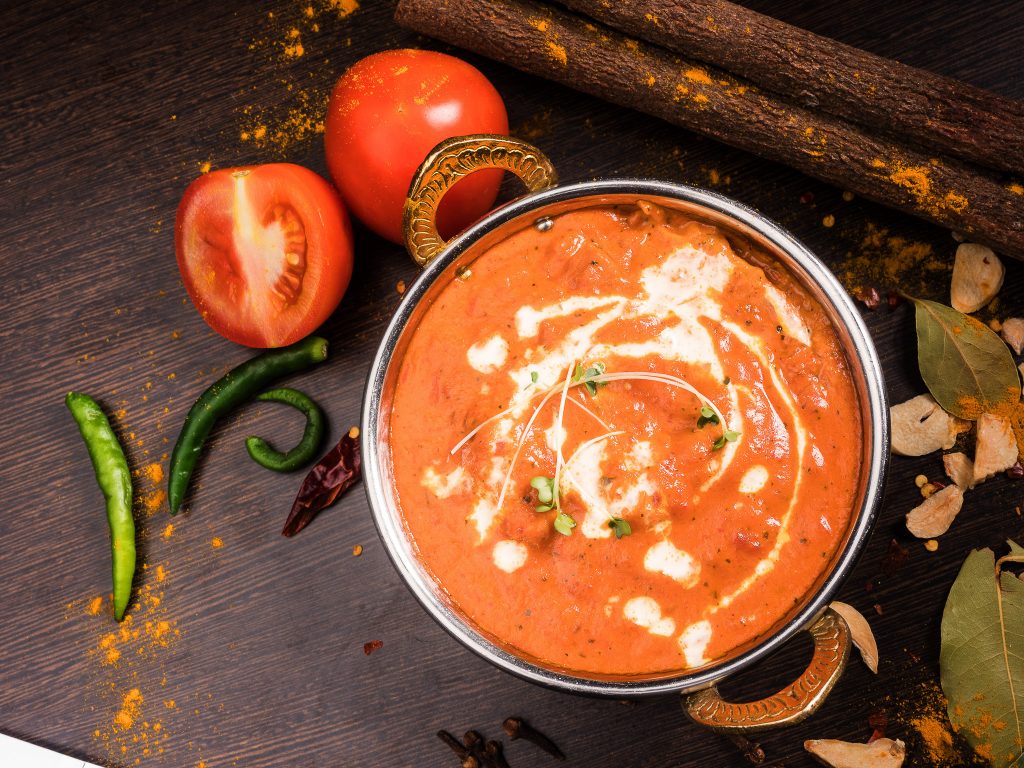
So, having taken you through my journey from film to digital, and then to mirrorless, would I change anything?
No. Well, if I were to be brutally honest, I wish the mirrorless system had launched earlier, or I had been less hesitant when first taking up the Olympus. I didn’t really become fully immersive in the system, until the launch of the E-M1 mkII, as the advances over the mkI were quite wide ranging and immediately noticeable. It was the mkII that became my “everything” camera.
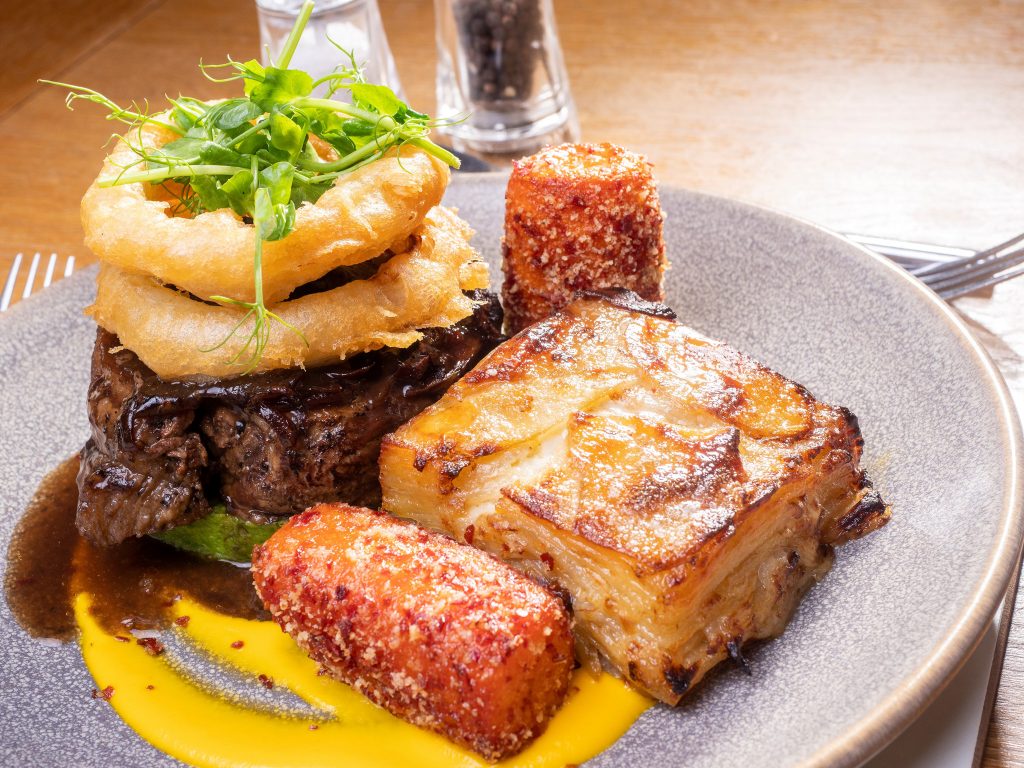
I’ll be honest, I have certainly eyed the E-M1X, and frequently hovered over the “Add to basket” button. But I look at my E-M1 mkII, and it still serves me extremely well.
However, there’s a new camera slated for launch during the first quarter of 2022, and I have a really strange feeling, I’m about to start a new love affair.
In the mean time, I’m still whispering to my mkII, and caressing it fondly.

